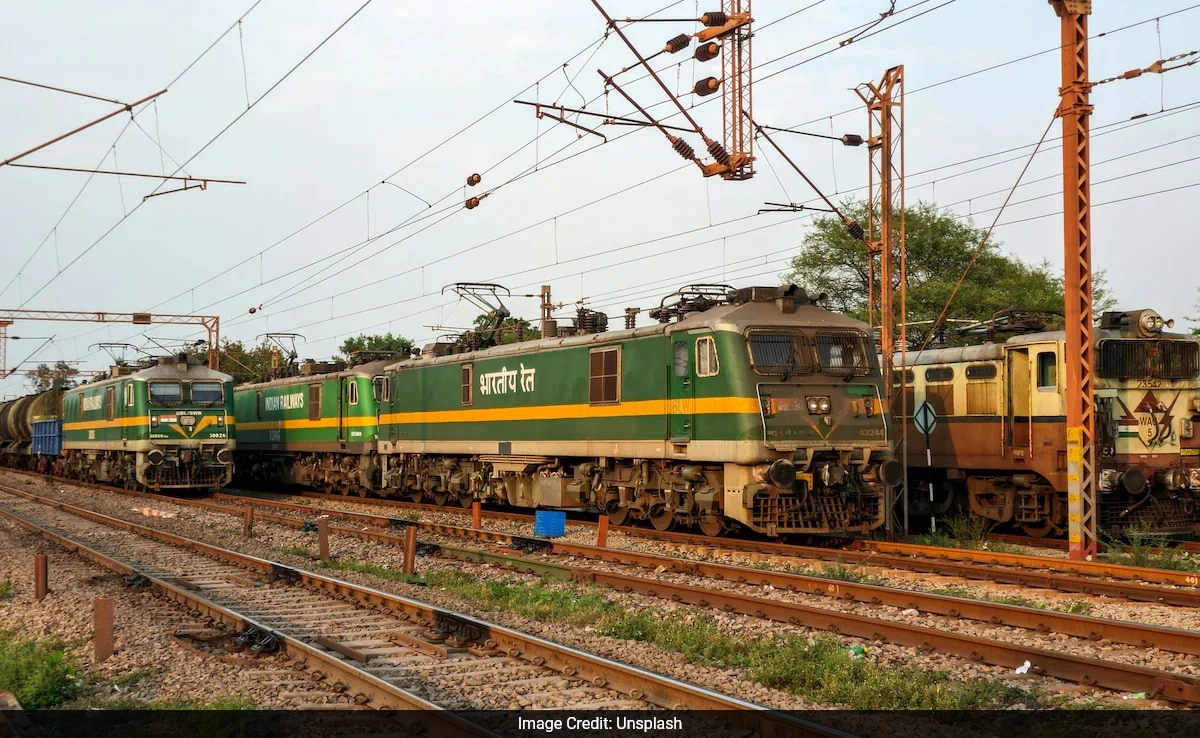In a tragic turn of events, recent flash floods, heavy rainfall, and subsequent landslides in Northeast India have resulted in the loss of at least 30 lives over a two-day period. The intense downpours that swept through the region led to widespread devastation, displacing thousands and causing significant damage to infrastructure. Many areas were caught off guard, as the sudden onset of severe weather overwhelmed local emergency services and preparedness measures. The impact of these natural disasters has been catastrophic, leaving families grieving and communities in turmoil.
Rescue operations are currently underway, with local authorities and disaster management teams working tirelessly to reach those affected. The floods have rendered numerous roads impassable, complicating efforts to deliver aid and support to stranded residents. As the situation evolves, officials are assessing the extent of the damage and coordinating relief efforts to provide essentials such as food, clean water, and medical assistance to those in need. The loss of life is a stark reminder of the power of nature and the vulnerabilities that many communities face in the wake of such extreme weather events.
In addition to the immediate human toll, the economic implications of these floods could be substantial. Agricultural lands have been submerged, and livestock losses are expected to further strain the livelihoods of local farmers. The region, which often grapples with heavy monsoon rains, is now facing the compounded challenges of climate change, which may be contributing to the increasing frequency and intensity of such weather patterns. As residents begin the arduous task of rebuilding their lives, discussions surrounding climate resilience and infrastructure improvements are likely to gain prominence in the aftermath of this disaster.
Local governments and non-governmental organizations are stepping up to provide support, but the scale of the devastation poses significant challenges. As the community comes together in the face of adversity, the road to recovery will require not only immediate assistance but also long-term strategies to mitigate the effects of future disasters. The resilience of the affected populations, coupled with a commitment to improving disaster preparedness, will be crucial in navigating the complex aftermath of these flash floods and ensuring that lessons are learned to prevent similar tragedies in the future.




